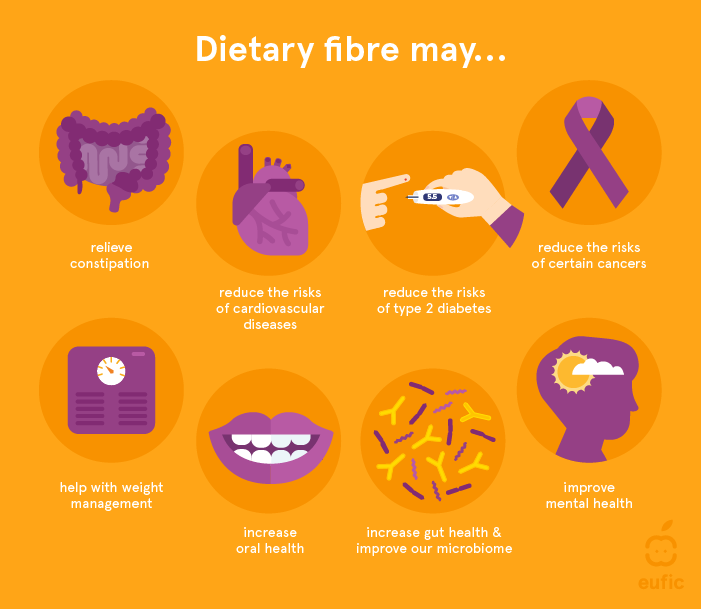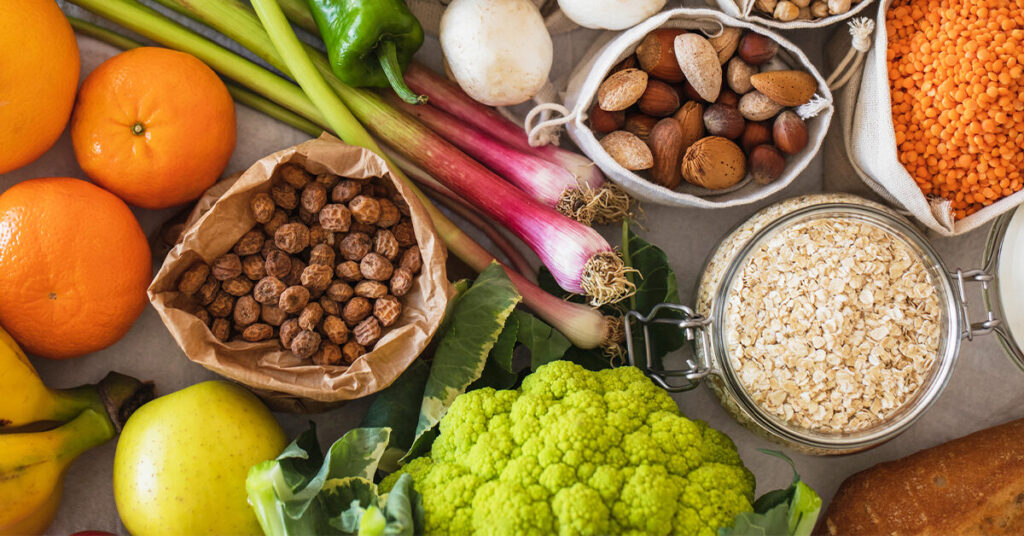 " title="What is dietary fibre and is it beneficial?
" decoding="async" srcset="https://www.medrot.com/wp-content/uploads/2022/09/DietaryFibre_Images-en.png 701w, https://www.medrot.com/wp-content/uploads/2022/09/DietaryFibre_Images-en-300x261.png 300w" sizes="(max-width: 701px) 100vw, 701px" />
" title="What is dietary fibre and is it beneficial?
" decoding="async" srcset="https://www.medrot.com/wp-content/uploads/2022/09/DietaryFibre_Images-en.png 701w, https://www.medrot.com/wp-content/uploads/2022/09/DietaryFibre_Images-en-300x261.png 300w" sizes="(max-width: 701px) 100vw, 701px" />Dietary fiber is a class of plant-based substances that our bodies are unable to fully digest. Fruits, vegetables, and whole grains are examples of foods high in fiber that have repeatedly been demonstrated to improve our health and lower our risk of disease. Although the precise process underlying these advantages is not fully known, it is believed that their high fiber content is at least partially responsible. Here, we go over what dietary fiber is and the variety of health advantages that come with consuming it.
Table of Contents
Dietary fiber: What is it?
Dietary fiber, which is present in plant-based meals such as fruits, vegetables, whole grains, beans, and pulses, is a complex mixture of many different molecules.
Dietary fibers are often divided into four categories in foods
Most fruits, vegetables, whole grains, lentils, beans, and nuts include lengthy non-starch carbs as structural components. They come in various forms, such as cellulose, pectin, and glucans. These comprise the majority of fibers and come in a range of concentrations.
Fructo-oligosaccharides (FOS) and galacto-oligosaccharides are resistant to mid-long carbohydrates (GOS). These are sugar units of less than ten smaller carbs. Seaweeds frequently include GOS, while vegetables like chicory, onions, and asparagus typically contain FOS.
A type of starch known as resistant starch is indigestible in the small intestine. Foods including bananas, potatoes, cereals, legumes, and potatoes contain it.
Since lignin is technically not a carbohydrate but is nevertheless regarded as a fiber, it is an exception to the general definition of fiber. Root vegetables like carrots and turnips as well as nuts and seeds contain lignin.

What are the advantages of dietary fiber for health?
As previously stated, foods high in dietary fiber include fruits, vegetables, beans, pulses, nuts, and pulses. Nearly all international dietary recommendations recommend these foods.
We must grasp what transpires during digestion to comprehend why fiber is beneficial to us. The lengthy chains of fiber-containing carbohydrates cannot be broken down by our digestive enzymes, either in the stomach or the small intestine. As a result, the undigested fiber moves to the colon as a sticky mass together with pancreatic secretions.

Short-chain fatty acids (SCFA) are created from the fermentation of food fibers in the colon by the gut microbiota, the collective name for the bacteria that inhabit our intestines. Acetate, propionate, and butyrate are the three most widely used SCFAs. By enhancing insulin sensitivity and assuring lower levels of glucose and fats in our blood, they safeguard our health. Long-term, this may enhance the energy balance that indirectly guards against type 2 diabetes, obesity, and cardiovascular disease.
Constipation
Constipation can reduce a person’s quality of life and raise their risk of developing colon cancer. Some fibers can absorb water in our colon, giving our faeces more volume.
Cardiovascular conditions
Depending on the kind of fiber, a high-fiber diet has been linked to a lower risk of cardiovascular disease (CVD) and coronary heart disease. This is because viscous fiber causes a gel to form in the small intestine, prolonging our perception of satiety. Additionally, short-chain fatty acids made by the gut bacteria are involved in the metabolism of lipids and carbs, which lowers blood sugar and lipid increases like cholesterol after meals. The cells in our intestines use them as a source of energy and they protect our cardiovascular system.
Diabetes type 2
Diets high in fiber are linked to a lower incidence of type 2 diabetes.
6 A viscous gel-developed fiber in the small intestine slows down the absorption of glucose and lipids into the blood, resulting in more stable blood glucose levels.
Cancer
By trapping bile acids and other carcinogens, it is believed that the bulk of fiber moving through the colon lowers the risk of colorectal and pancreatic cancer.
Weight control
Diets high in fiber help us feel satiated for longer after meals. This implies that we eat less, which may result in a decrease in overweight and obesity. In comparison to carbs like sugars and starches, which may help our body’s energy balance, fiber fermentation and the short-chain fatty acids it produces yield less energy.
Oral fitness
Additionally beneficial to our dental health is dietary fiber. Foods high in fiber require more time to chew in the mouth, which increases salivation and helps clean teeth. It should come as no surprise that teeth degradation and cavities have been prevented.
Microbiome health and gut health
The composition of the bacteria and other microbes in our intestines is directly influenced by the amount of fiber we consume, according to recent studies on the gut microbiome. Short-chain fatty acids, which are produced by the fermentation of fiber in the gut microbiota, have been shown to enhance anti-inflammatory interactions in the gut and control the body’s overall energy balance. Microbiome health and gut health
The composition of the bacteria and other microbes in our intestines is directly influenced by the amount of fiber we consume, according to recent studies on the gut microbiome. Short-chain fatty acids, which are produced by the fermentation of fiber in the gut microbiota, have been shown to enhance anti-inflammatory interactions in the gut and control the body’s overall energy balance.


